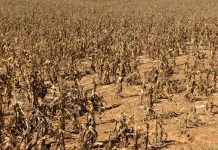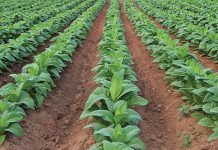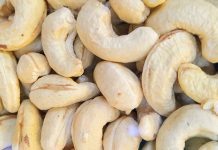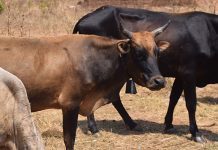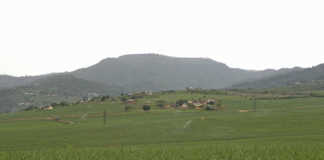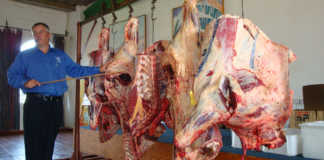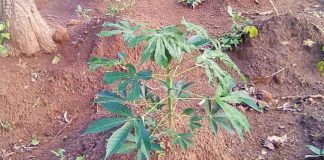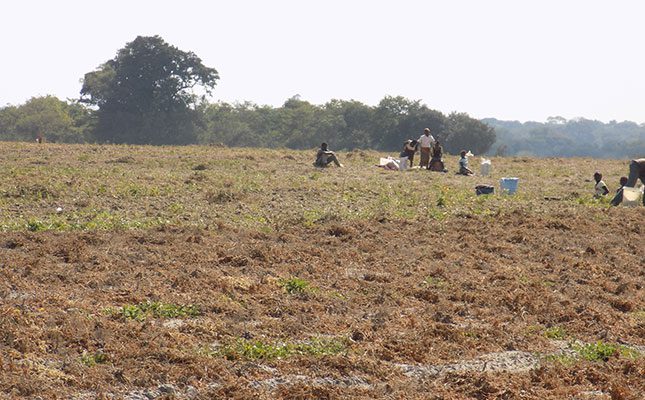
Photo: Annelie Coleman
The funds were earmarked to power the WFP’s resilience-building activities for more than 65 000 people in five food-insecure communities for the next six months.
It would be used to provide participants under the WFP’s Food Assistance for Assets activities with food assistance in return for work, support the creation or rehabilitation of small-scale farming infrastructure, village savings and lending groups, as well as provide training on business management in the Kariba, Masvingo, Mwenezi, Rushinga and Zvishavane districts.
“Our longstanding funding for the programme demonstrates the US government’s commitment to tackling food insecurity in Zimbabwe,” said Ramses Gauthier, USAID’s acting mission director in Zimbabwe.
Under the initiative, which was designed to meet immediate food needs through food distributions while investing in productive assets, participants received monthly food allotments consisting of maize meal, pulses and cooking oil for the duration of the work while the entire community benefitted from the completed projects.
According to the WFP, the US’s support came at a critical time when farmers across the country were harvesting their cereals.
Although the country had received good rains this agricultural season, many families still faced food insecurity. Some smallholder farmers lived hand-to-mouth due to the cumulative effects of droughts, insufficient livelihood opportunities, and economic shocks.
Since 2011, more than 1,2 million people in 30 Zimbabwean districts had benefitted from WFP-supported productive assets. The WFP created approximately 400 small dams and 80 irrigation systems, helped establish 520ha of vegetable gardens, and drilled more than 60 mostly solar-powered boreholes.
The international Famine Early Warning Systems Network reported that harvests from the 2021/22 agricultural season improved food security outcomes across parts of Zimbabwe, particularly in typical surplus-producing areas. However, this was likely to be marginal and short-lived in the worst-affected areas in the east, south, west and extreme north-east.
The 2021/22 rainfall season was characterised by erratic and poorly distributed rainfall, including a late onset of excessive rains in January 2023. Some of the worst-affected areas in the east and south reported upwards of 80% write-offs of cereal crops, with some households harvesting nothing.


